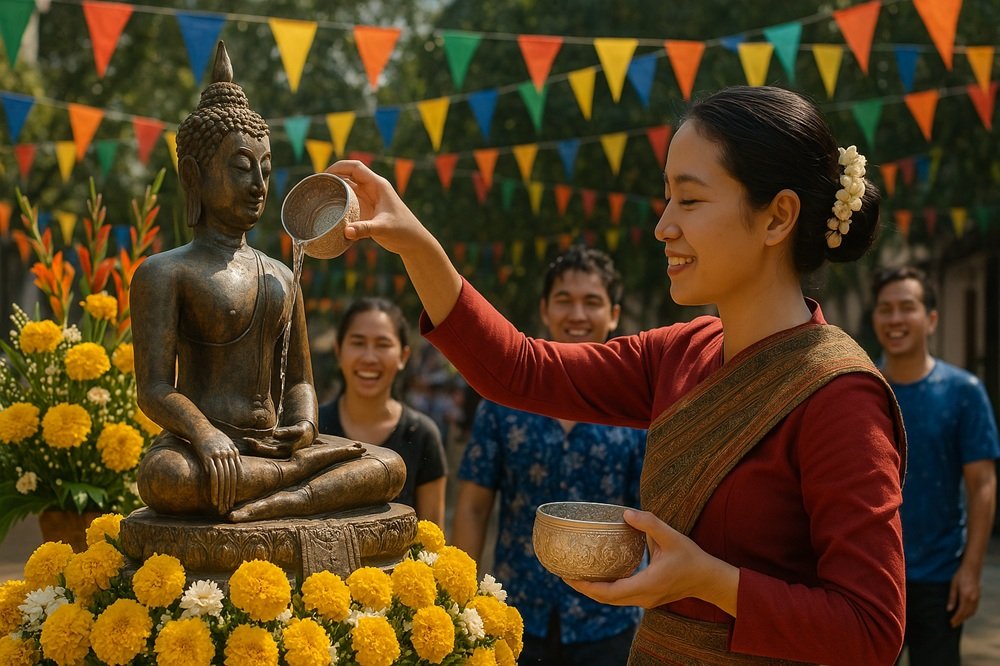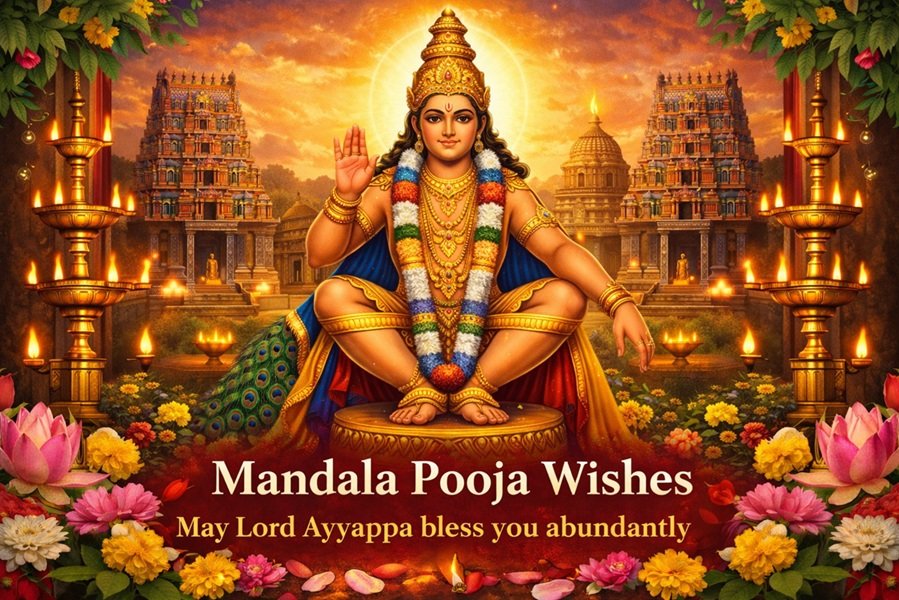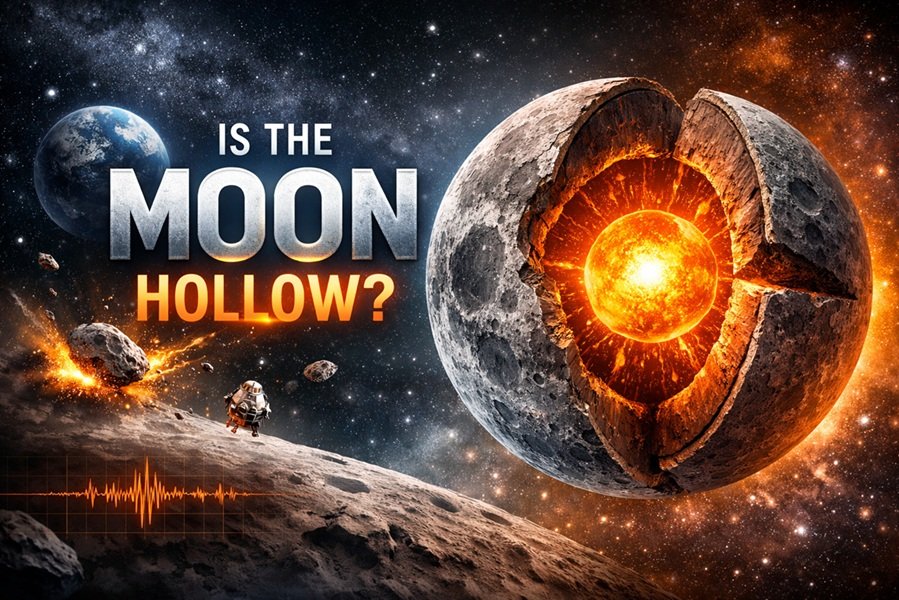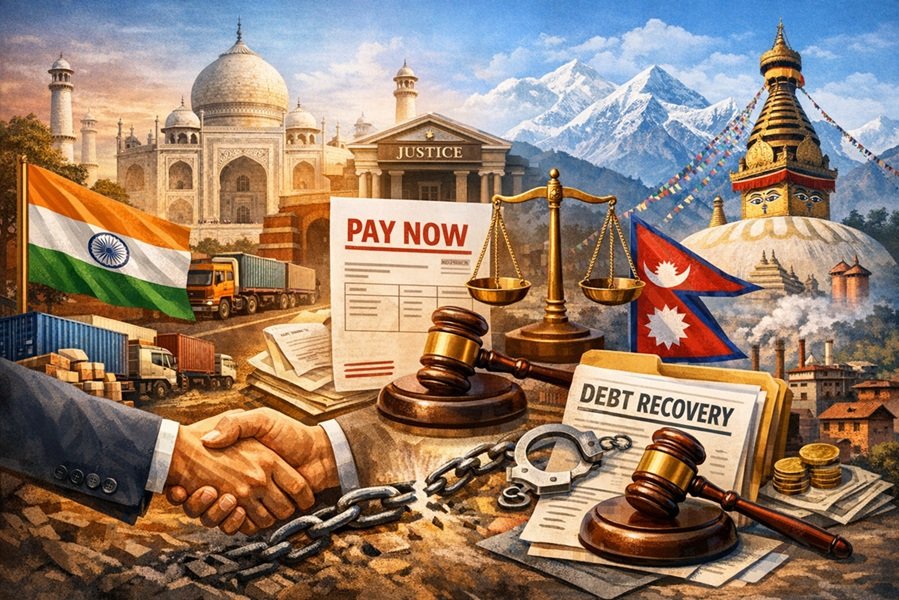
The Lao Traditional New Year, known as Pi Mai Lao or Boun Pi Mai, is the most cherished and vibrant festival in Laos. Celebrated with grandeur and deep cultural significance, this festival marks the transition from the old year to the new according to the traditional solar-lunar calendar. Pi Mai is a time of spiritual cleansing, joyful celebrations, and heartfelt reunions. In 2025, Pi Mai Lao will be celebrated from April 13 to April 15, although festivities often extend for a week across the country.
When is Pi Mai Lao Celebrated?
- Main Dates: April 13–15 every year
- Extended Celebrations: In some regions, especially in cities like Luang Prabang and Vientiane, the festival lasts for up to a week.
- Astrological Basis: Pi Mai coincides with the sun’s entry into Aries, marking the beginning of the Lao New Year and the end of the dry season.
Cultural and Religious Significance
Pi Mai is much more than just a New Year celebration—it represents purification, renewal, and spiritual rebirth. It is one of the most auspicious times in the Buddhist calendar, and Laotians engage in merit-making, temple visits, and ancestral worship during the festival.
Key aspects include:
- Cleansing the old year’s misfortunes
- Honoring elders and ancestors
- Welcoming the new year with blessings, water rituals, and joy
- Strengthening community bonds
How is Pi Mai Lao Celebrated?
1. April 13 – The Last Day of the Old Year
The first day of Pi Mai is dedicated to cleaning homes and sacred spaces, symbolizing the removal of negativity and bad luck.
- Homes and temples are thoroughly cleaned.
- Buddha statues are washed with fragrant water.
- People prepare flowers, perfumed water, and ceremonial items.
- Traditional Lao dishes are cooked for feasting and offerings.
2. April 14 – The Day of No Year
Known as “Sangkhane Nao”, this is the transitional day—neither part of the old year nor the new.
- People visit local temples and offer alms to monks.
- Sand stupas or “That Sai” are built near rivers and decorated with flags and flowers. These represent the removal of sin and accumulation of merit.
- Many engage in prayers, meditation, and rituals to prepare spiritually for the new year.
- Families gather for the Baci ceremony, where sacred white threads are tied around wrists to wish good health, luck, and peace.
3. April 15 – The First Day of the New Year
The third day is the official start of the Lao New Year. It is a time of celebration, water fights, blessings, and social festivities.
- People splash water on each other, symbolizing purification and wishing happiness for the new year.
- Traditional dances, such as Lamvong, are performed in villages and public squares.
- Families visit the homes of elders and relatives, offering water to their hands as a sign of respect.
- Street parades, music, and cultural performances bring communities together in a colorful display of Lao heritage.
The Water Festival: More Than Just Fun
Water is central to Pi Mai Lao. Though it’s often seen as just fun and games, the tradition holds deep spiritual meaning:
- Pouring water on Buddha statues symbolizes cleansing the soul.
- Splashing water on others conveys blessings and goodwill.
- The use of flower-scented water, natural perfumes, and petals in ceremonies enhances the spiritual tone of the ritual.
In cities like Luang Prabang, water fights occur on a grand scale. Locals and tourists line the streets with water guns, buckets, and hoses, dousing everyone in festive joy.
Boun Pi Mai in Luang Prabang
In Luang Prabang, a UNESCO World Heritage City, Pi Mai takes on a particularly majestic and spiritual tone.
- A grand procession of Buddha images from temples to the Wat Xieng Thong takes place.
- Statues are bathed by the public using perfumed water.
- Beauty pageants, especially the Nang Sangkhane competition, are held where women represent mythical princesses of the New Year.
- Traditional music and dance performances adorn the streets.
The city becomes a hub of traditional pageantry and sacred rituals, drawing thousands of visitors each year.
Food and Festivities
Food is an essential part of Pi Mai celebrations. Families and neighbors share delicious Lao dishes, such as:
- Sticky rice (Khao Niao)
- Larb (minced meat salad)
- Tam Mak Hoong (papaya salad)
- Grilled meats and fish
- Traditional sweets made of coconut and rice flour
Communal feasting strengthens bonds and allows people to reflect on the blessings of the year.
Baci Ceremony: Tying Threads of Goodwill
One of the most touching elements of Pi Mai is the Baci (Soukhouane) ceremony, held to honor people and celebrate important life events.
- Elders chant prayers and tie white cotton threads around wrists to bring good luck and spiritual harmony.
- The ceremony is often accompanied by offerings of food, flowers, incense, and candles.
Pi Mai Celebrations in Lao Diaspora
Lao communities around the world—particularly in the United States, Canada, France, and Australia—also celebrate Pi Mai with pride.
- Temples organize Buddhist rituals and cultural shows.
- Community centers host food festivals, music events, and beauty pageants.
- The festival becomes a powerful way to preserve cultural identity and pass traditions to the next generation.
Tips for Visitors and Pilgrims
If you’re planning to visit Laos during Pi Mai:
- Respect local customs and dress modestly, especially at temples.
- Be prepared to get soaked in water—protect your electronics!
- Book accommodations early, as it’s a peak tourist period.
- Try to participate in traditional rituals to experience the spiritual side of Pi Mai.
- Always ask for permission before taking photos during religious ceremonies.
Explore more
- “Discover the significance of Tamil Puthandu and Vishu in South India”
- April Festivals in Asia You Shouldn’t Miss
- Bhogi Wishes 2025: Heartfelt Greetings and Messages
- Celebrating Lohri 2025 Wishes in Punjabi, Hindi & English
- Maha Vishuva Sankranti 2025: Celebration, Significance, and Wishes
- 2025 Buisu Festival: Celebration of the Tripuri New Year
- Biju Festival: A Celebration of Culture and Heritage
- Pohela Boishakh 2025 Wishes: 25+ English and Bengali Greetings
- Sangken 2025: A Vibrant Water Festival Celebrated in Arunachal Pradesh and Assam
- Bihu Festival 2025 Greetings from Assam
🌺 Conclusion
The Lao New Year (Pi Mai Lao) is a remarkable fusion of spirituality, community spirit, and celebration. It’s a time to leave behind the burdens of the past and step into a new year filled with blessings, hope, and happiness.
Whether you’re a local or a visitor, participating in Pi Mai is an unforgettable experience. Through rituals, water, dance, food, and faith, Pi Mai Lao expresses the deep-rooted values of kindness, unity, and joy that define Lao culture.






